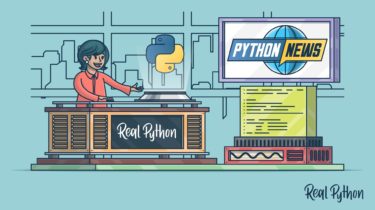Python News: What’s New From March 2021?
Python is a dynamic language in more ways than one: Not only is it not a static language like C or C++, but it’s also constantly evolving. If you want to get up to speed on what happened in the world of Python in March 2021, then you’ve come to the right place to get your news! March 2021 marks a notable change to the core of the Python language with the addition of structural pattern matching, which is available […]
Read more


